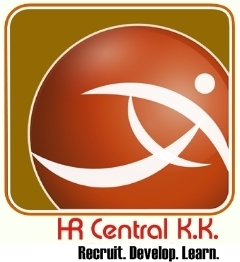
Dr Dan Harrison was recently published on leading HR Tech website,
Businesses large and small have continued to increase their investment in training despite the economic downturn. Unfortunately study after study have found the ROI on this investment to be limited. One study found
All too often, companies rush into training programs
HR leaders must transition from implementing professional
Achieving Better ROI in Professional Training just
Set up
With this in mind, Dr Harrison identified four steps that can help you focus on developing training programs with better ROI. These steps are expanded upon in the full Talent Culture article available here.
2. Create a digital strategy.
3. Favor flexibility.
4. Keep an eye out for silos.
Be sure to implement
Training is
Read the full article in Talent Culture here.


